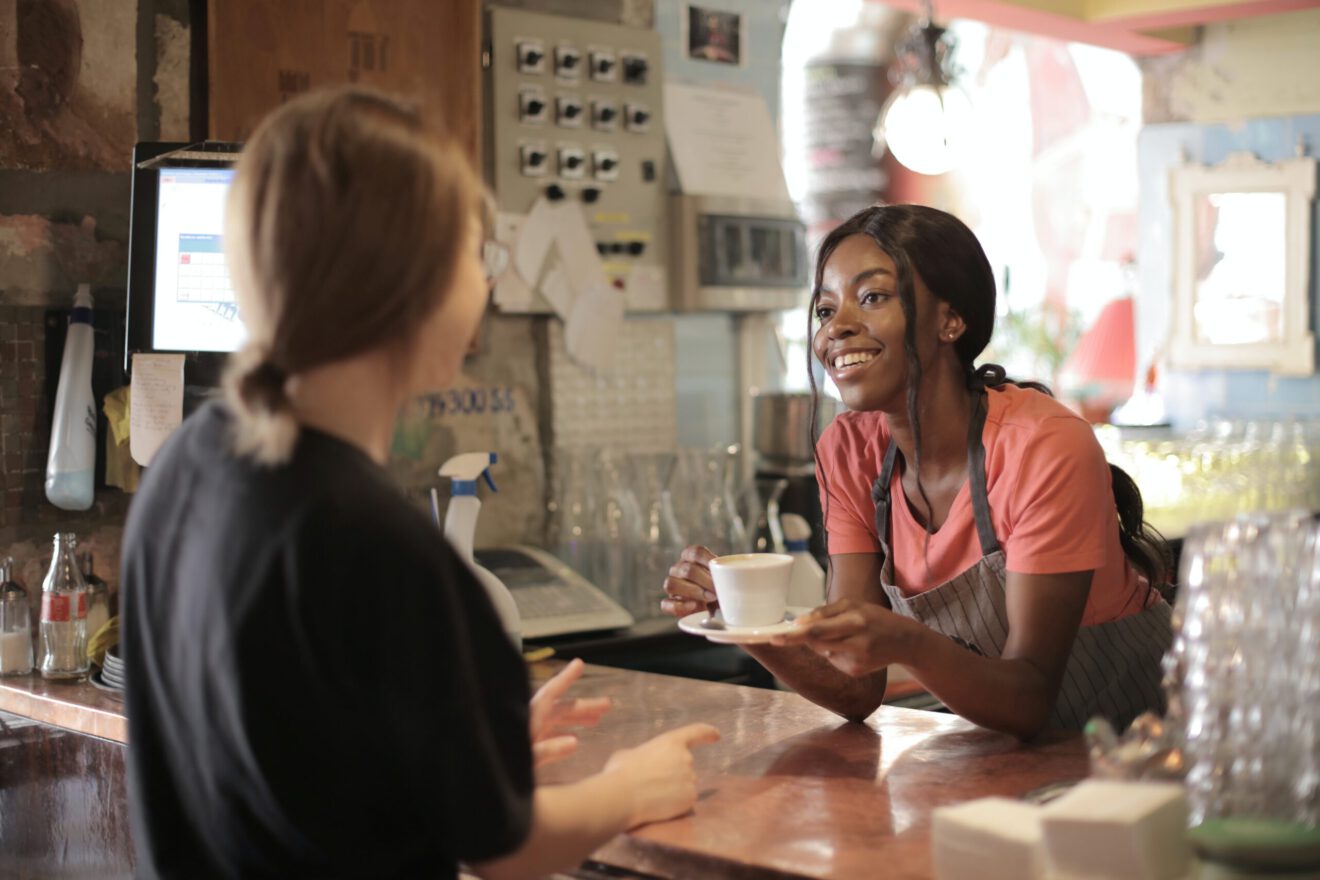Rewards for restaurant regulars have come a long way since the days of punch cards, and eateries of all types are adding and updating loyalty programs to lure customers with a range of perks. Today’s digital loyalty programs allow restaurants to gather valuable customer data and offer personalized service, rewards and special experiences that can keep customers coming back.
Domino’s is among the quickservice chains that have recently revamped their loyalty programs, adding new tiers and a point system that lets members earn rewards faster. Subway also overhauled its loyalty program with a new name – MVP Rewards – and the sandwich chain is celebrating the kickoff of the new program by giving members the chance to win 1 million Subway MVP Reward points by traveling to Alaska in an “ultimate display of loyalty.”
Loyalty programs have long been a feature of quickservice restaurants, but now eateries in all segments are creating their own programs in a bid to boost traffic. Full-service chain Cracker Barrel debuted its first rewards program this month, and Baltimore-based Atlas Restaurant Group rolled out an app-based loyalty program for its fine-dining restaurants this summer. The group, which oversees more than 30 properties including several restaurants in the Baltimore Four Seasons Hotel, was “looking for a way to have more of a connection with our guests, and a loyalty program – specifically an app – was something where you could really see your return on investment,” Marketing Director Joe Sweeney told Restaurant Hospitality.
Participation in restaurant loyalty programs is on the rise
Many restaurants have seen their ROI in loyalty programs rise in recent years as consumers increasingly engage with them. Nearly half of consumers (45%) actively participate in a restaurant loyalty program, according to a report released by financial services company William Blair in January. More than a third (35%) of those surveyed said loyalty programs are at least somewhat influential in their decisions about where to eat.
The number of loyalty members at quickservice restaurants rose by 24% between January 2021 and June 2023, and full-service restaurants saw a 16% increase during that same period, according to the 2023 Loyalty Report from Paytronix. Loyalty members spend about 5% more than non-members during each visit, a trend that has continued over several years, the report found.
Rewards run the gamut from freebies to exclusive experiences
While birthday rewards and free items continue to be popular perks for loyalty members, customers are looking to cash in on a wide range of benefits, from deals with monetary value to features that align with their values. The ability to earn and redeem monetary rewards is consumers’ top priority when it comes to loyalty programs, according to the results of an annual survey on loyalty programs published last year by Deloitte. However, personalized experiences and access to benefits without monetary value, such as exclusive experiences and the opportunity to support causes they care about, also made the list of consumers’ top five loyalty attributes.
Transactional benefits are important for restaurant loyalty programs when it comes to getting customers’ attention and encouraging participation. For long-term loyalty, brands can benefit from offering experiential- and emotionally-oriented features that can help them gain a share of consumers’ hearts as well as their wallets, Deloitte consultants wrote in a 2022 report titled “Beyond the Punch Card: Loyalty and the Restaurant Industry.”
By incorporating personalized offers, access to exclusive experiences or merchandise and perks that give back to communities and causes that resonate with customers, loyalty programs can achieve a higher level of connection with consumers.
“A hospitality brand that can surprise and delight its guests has a chance to carry their relationships from a transactional basis to an emotional one,” the authors of “Beyond the Punch Card” wrote.
“If brands do so, they can deepen their guests’ propensity to do business with them while gathering data that enriches their offerings and strategies over the long term.”
Recent related stories:
- How will AI transform the food industry?
- How restaurants are using AI, from menu development to marketing
- Combining automation and AI with the human touch
_____________________________________
If you liked this article, sign up to receive one of SmartBrief’s Food & Beverage newsletters. They are among SmartBrief’s more than 250 industry-focused newsletters.
